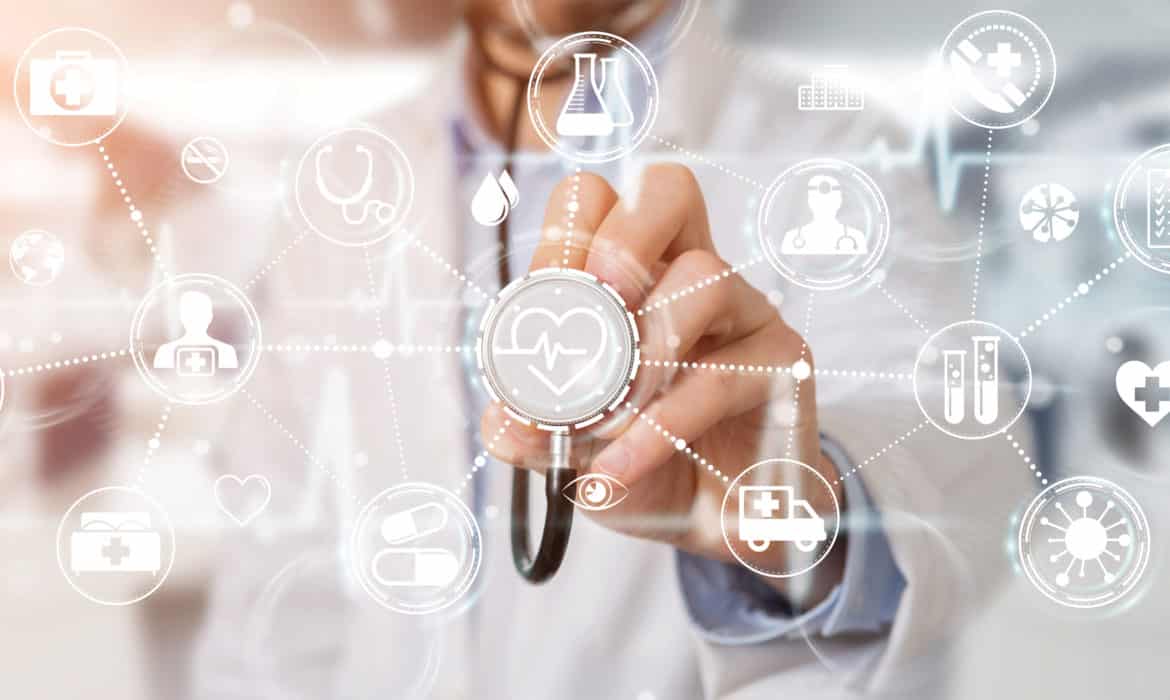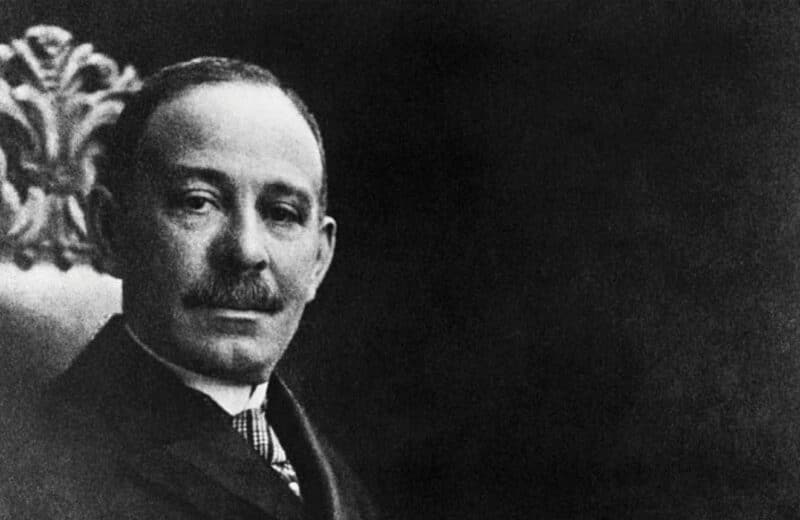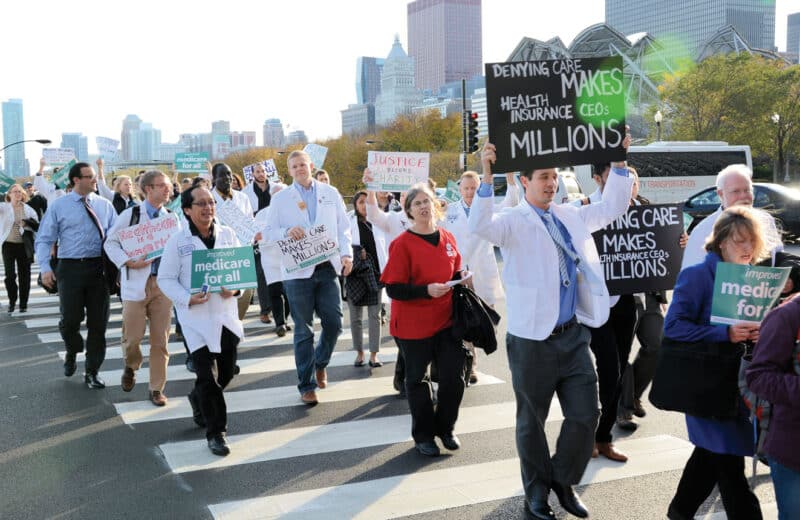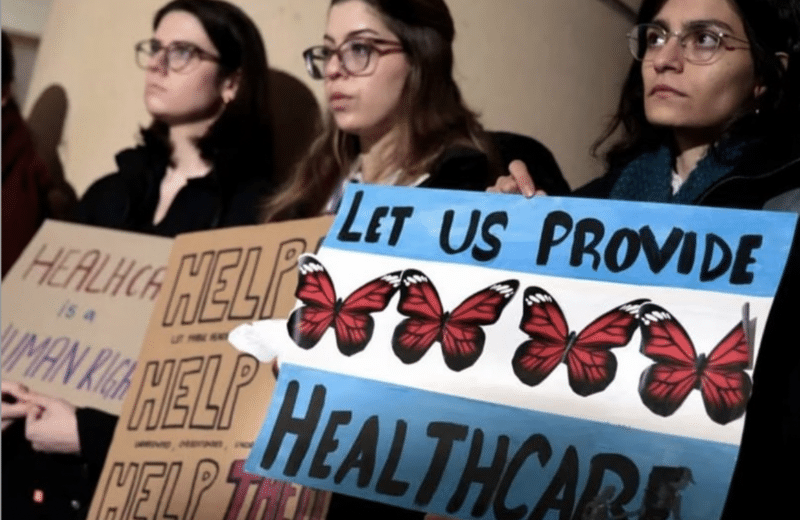Analytics technology predicts health crises before they occur
The deaths were unexpected.
That was the thought that kept coming back to Dana Edelson, MD, MS, who was a fellow at UChicago Medicine in 2007 when she saw her colleagues caught off guard by multiple patients who died from cardiac arrest while in the hospital.
So, Edelson went back to the data. There, she found signs that were missed — and that might have made a difference if they had been noted earlier.
“It wasn’t because we were sloppy,” Edelson says about the missed signs. “We were missing them because of our human bias to normalize things. We’re not good at consuming vast amounts of data and taking trends into account. Not because we’re not smart or trying, [but because] our brains weren’t meant to do that.”
It was at this point that Edelson had a thought: What if technology could be developed that would look at a variety of data points, evaluate a patient’s health risk and then prevent cardiac arrest before it happened? With that, the predictive technology eCART was born. eCART and other predictive medicine tools have the potential to change healthcare. If we can develop systems to unlock the secrets hidden in health data, we can predict some significant health events and intervene before they occur.
Putting predictive analytics to work
eCART — a technology developed at UChicago Medicine by Edelson and her colleague Matthew Churpek, MD, MPH, PhD — can predict a hospitalized patient’s heart attack hours before it happens. The software uses predictive analytics woven together from nearly 30 variables — including vital signs, lab results and demographic data — to calculate a patient’s risk for acute clinical deterioration in real time.
“We’re predicting from moment to moment the risk of a patient dying or needing to move to a higher level of care,” Edelson says.
Predictive analytics has moved forward recently because of the switch to electronic health record (EHR) systems.
“When everything is on paper, you can’t use that data,” Edelson says. “The conversion over to electronic health records allowed that data to be usable. Now we can actually access it and put it to work.”
According to Edelson, eCART can analyze data and predict a patient’s likelihood of death, cardiac arrest or need to go to the intensive care unit “with incredible accuracy.” Since UChicago began using eCART in 2015, the hospital has seen its rate of cardiac arrests reduced by about 50%, even though the number of patients and the acuity of their illnesses has increased.
Data-driven care
By sorting through the large amounts of data contained in patients’ electronic health records, predictive analytic systems can develop more accurate risk models, predict health outcomes and individualize care for patients.
NorthShore University HealthSystem, a pioneer in implementing systemwide EHRs, is putting that data to use with various projects built on predictive analytics. Its Clinical Analytics Prediction Engine (CAPE) harnesses the power within that data.
CAPE incorporates predictive modeling, prescriptive intervention and advanced analytics to create an optimized framework for patient care and clinical intervention. CAPE can recommend real-time actions for physicians or nurses to execute, such as checking a patient’s vitals at a more frequent rate. It also can be used to educate patients about the goals of their treatment plan.
“The vision of CAPE is data-enabled population healthcare delivery across the care continuum,” says Nirav Shah, MD, aninfectious disease physician at NorthShore with an interest in data analytics.
NorthShore began implementing interventions based on CAPE for high-risk patients in September 2018. Since then, staff has noticed a decrease in the weekly mortality rate.
When Shah talks with patients about CAPE, the most common question he hears is whether an algorithm or robot is determining patient care. He responds to this query by explaining that CAPE compiles multiple data points to provide a score. A clinician or nurse then sees that score and makes the decision about whether or not to perform an intervention.
“CAPE is there to assist and augment a clinician; it’s not taking [their place],” Shah says. “Our goal is to take the best care of our patients and to continuously improve so we can continue to provide the best care.”
The personal touch
With the increasing reliance on technology and predictive analytics, it’s still important to keep the human touch, physicians say.
Although technology can improve health outcomes, there are risks with relying too much on tech, Edelson says. She worries that as technological systems continue to evolve, doctors will rely too much on tech and not enough on person-to-person care.
“What humans don’t do well is synthesize large sums of data,” she says. “What we do well is walk into a room and have that sense of [whether a patient is] sick or not sick. Analytics by themselves don’t save people’s lives. Human beings save lives.”
The combination, though, is incredibly powerful.
“We built some amazing analytics,” Edelson says. “We’ve taken that info and put it into a format where folks who don’t think about analytics, big data and statistics can easily see what’s going on. They can act on it and can then communicate it with other people who aren’t right there with them.”












